"Holding my net out, moving toward beauty"
poet, artist and teacher Mia Ayumi Malhotra on chasing beauty, staying grounded in routine and ritual, and tuning into one's internal landscape 🐚🔵✨
This is a Beginner’s Mind interview, a series that explores the intersection of mindfulness and creative practice. Zen master Shunryū Suzuki Roshi said, “In the beginner’s mind, there are many possibilities; in the expert’s mind, there are few.” This series shines a light on the practices that sustain people in their daily lives and open the path to new possibilities. Subscribe below to make sure you don’t miss any future interviews. ✨
I’ve been a huge fan of Mia Ayumi Malhotra’s poetry for many years, ever since we were connected by an online group of poet-mothers putting together an AWP panel that was ultimately rejected. I love the way the writing world is like swimming in ocean tides, where you’re thrown together for a spell, then you recede from each other, then the tides bring you back together again.
An early copy of Mia’s new book Mothersalt—out TODAY from Alice James Books!—landed in my hands just when I needed it. Mothersalt has accompanied me everywhere in the last week, and I’ve been hiding away reading these poems whenever I can, underlining and starring lines. On Mother’s Day, I read the poem “On Form” again in the early morning, trying to figure out its magic. The poem begins: “I became a mother and I began to write like a Japanese woman. / Which is to say: I began to write like myself—from the imaginary whence my mother’s mother and her mother before her came.” This poem encouraged me to sit with the complexity and strength of my own maternal lineage, to feel it. I’m not exaggerating when I say I was shaken by the poems in Mothersalt—their multi-faceted beauty and physicality, as well as their voices, searching and finding and singing out truths.
In this interview, Mia writes about her creative and mindfulness practices with such lyricism and honesty, including the power of chasing the ecstatic experience, staying grounded in routine and ritual, and tuning into one's internal landscape. Read on, friends. 🐚🔵✨
What are your writing/creative practices? Do you have any rituals or habits that help you?
I write poetry (and poem-like things), which means I’m a bit of a scavenger, always on the lookout for promising scraps of language—images, ideas, sounds. My notebooks are filled with scribbles and jots, and I’ve got untidy masses of books and articles stashed here, there, and everywhere. My many ongoing “projects.” Did I read somewhere that the term “poet” comes from a root word that means “one who gathers / heaps up”? I’m also a creature of habit (and neurodivergent), which is to say that my writing life thrives on predictable patterns of behavior. That said, I wake up at the same time every morning to help my children get ready for school, send them out the door, and then light a candle, make myself a cup of tea, and settle in at the dining table. I find this to be my most satisfying time for creative work (my kids call it my “morning brain”). The table, the tea, the quiet creep of materials (notebooks, pens, reference books, half-drafted poems, bits of ephemera) that gradually engulf the dining table; at times, these preparations feel almost sacramental, signaling in some mysterious, ritualistic way, Mind, time to come out and play! And more often than not, that’s exactly what happens.
What I’ve learned is that the creative mind only emerges when the footing beneath me is sure. I think it’s similar to the way that children crave predictability and routine (or at least I did, as a child—and that’s what I observe in my kids as well). On some level, we want to know that our surroundings are safe, and it’s reassuring when the same things happen each day in the same way—a security that, by some strange paradox, allows the wilder, more unpredictable parts of my mind to emerge.
What are your mindfulness practices? Do you have your own definition or way of thinking about mindfulness? Can you describe your practices and what they bring into your life?
I have a lot of creative habits—letter writing, embroidery, daily sketchbook work—but my mindfulness practice actually has less to do with what I’m doing than the state of mind I’m in when I’m doing it. If I’m following that little internal nudge, the one that says: Yes, this, as I settle into the quiet of my mind, that internal sense of awareness can accompany me in almost anything I sit down to work on: a ripped pair of jeans to mend, a postcard for a friend, a piece of music to rehearse.
Sometimes, if it’s the beginning of the week, and I’m recovering from the unscripted chaos of the weekend, it takes me a while to tune back into my internal landscape. Megan Kaminski’s Prairie Divination deck is one tool I use to reestablish connection with myself, along with variations of this feelings wheel (which I use in conjunction with Nature’s Palette: A Color Reference System from the Natural World, since being able to name/feel various colors and affects with a greater degree of specificity is so powerful). There are also certain people in my life with whom just sitting together, exchanging a few words every now and then, feels like a mindfulness practice in itself. It’s these people who bring me back to myself, and I treasure their friendship deeply.
Do you have a mantra or motto related to your creative/mindfulness practices/life?
I don’t have a specific mantra, but I believe pretty strongly that being a “good” writer or an “effective” poet is about listening—to one’s surroundings, of course, but also to the features of one’s interior life. This is shaped by my experience as a mother, but I often feel that I’m surrounded by countless, miraculous forms of life—my children (and their own creative practices), the garden, my thinking and making life, along with its many accumulated piles. Every creative work has its own idiosyncratic process of development, and my job is to pay attention to whatever is ready, at any given moment, to emerge into the next phase of growth, which in some cases means cutting back, while in others, it looks like adding layers. Reading, revising, note-taking, editing; these are all just expressions of the work’s ongoing life, a process that, like all growth, occurs slowly and as a result of sustained care.
Another way of thinking about this is inspiration, and how deeply I’m drawn to the people and places that “feed” my work. There’s the nurturer in me—the gardener, the mother, the caregiver, but there’s also the beauty-crazed, pleasure-seeking part of me that wants what Olivier Messiaen called éblouissement—dazzlement, religious ecstasy, the sublime, the self so profoundly moved that it exists outside of itself. Perhaps it’s a moment in a piece of music, a line sung so beautifully that it’s agonizing, not to be able to absorb it all—too much beauty for me to hold in a single body.
It’s those moments that lend their life to the mysterious works that stir me from within, veiled forms I catch occasional glimpses of, though mostly I’m just rooting around in the dark, grasping after little glimmers of light. That’s how this practice feels. Holding my net out and moving toward beauty, to places where the air feels charged and alive.
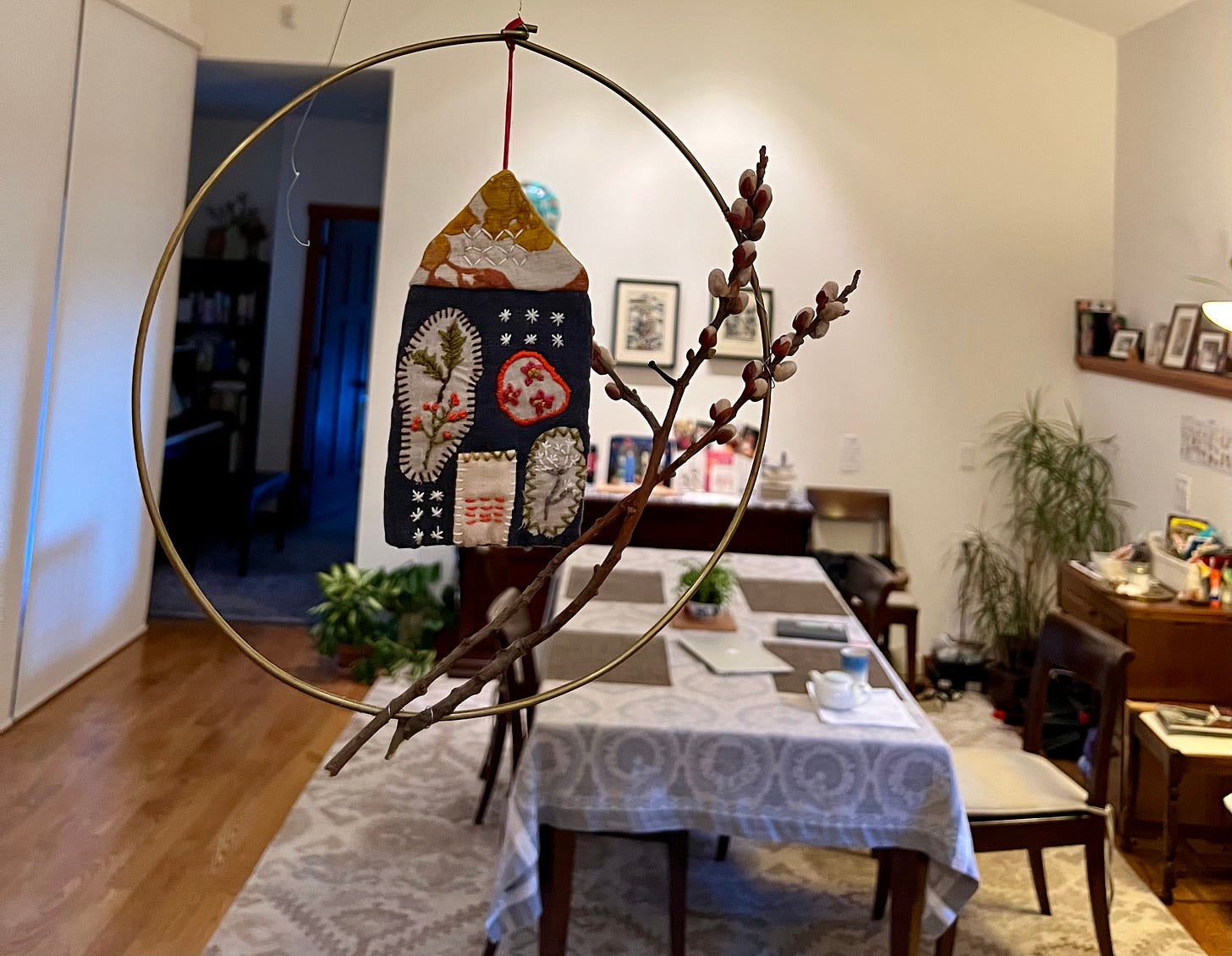
What helps you when you get stuck with your creative/writing or mindfulness practices?
I’ve learned a lot this past year about how to work with my attention, rather than against it. If I’ve been working on a poem for a while and feel like I’m revising in circles—which definitely happens, along with that horrible sinking feeling that all my efforts are making the draft worse, not better—I’ve learned that the kindest, wisest choice in that moment is just to set the draft down. It’s freeing to accept that there are certain states of mind in which I literally cannot see the way around a “problem” in a piece of writing, because my brain is foreclosing any and all possibilities before even recognizing them as options. Sometimes it’s a matter of the time of day—or recognizing that I’m too tired or emotionally distracted to access that generative, creative space. Either way, if my nervous system has locked into “drive” mode, and I’m just trying to complete the task (i.e. “poem as objective / goal” rather than as exploration, as puzzle, as play) I’ve learned it’s better to go water the garden or fold laundry, or do something else better suited to that kind of energy.
And sometimes the day is still fresh, but I’ve worked myself into a task-oriented frame of mind; when that happens, I know there are certain measures I can take to reopen the energetic pathways that will make it possible to reengage with my writing. Often, it helps to tune into the right soundscape—some of my favorite artists for this are Kali Malone, Hiroshi Yoshimura, Adrienne Lenker (especially the album instrumentals), and Gelsay Bell and Erin Rogers (Skylighght is amazing!). I can tell I’ve returned to a freer, more generative place when my mind feels gently expansive—curious, even, and can reenter a poem from a different angle.
I suppose this is a form of mindfulness in itself, being self-aware enough to recognize that this “getting stuck” is outside of my control, and that there’s nothing wrong with taking a break and waiting for a better time to return to the work. Perhaps something will come along and reenergize my relationship to the material. Or maybe it’s a matter of finding a friend or conversation partner who will sit down and help me think my process through: What’s not working? What am I trying to accomplish? What’s getting in the way? How can I resource myself and my project so I can take the next step?
How do you see your creative and mindfulness practices connected to/shaped by other practices or work in your life?
I spend a lot of time singing and listening to sacred music, which has had a tremendous impact on my writing. The difference between writing and music is that the former is a relatively solitary pursuit, while the latter is almost always done in the company of others: a choir (like the one I sing in), a chamber ensemble or orchestra. One always feels accompanied in church music—by sacred text, lofted space (and with it, the soaring acoustics that bring it to life), the voices of others in spoken and sung prayer. Choral singing has offered me a way to understand poetry as a relational medium, a living field of sound and images, woven from the many “voices” that sound in its lines.
This spring, I’ve been studying voice more intentionally and have been learning a lot about the importance of breath and visualization in singing. Some of the most compelling metaphors in vocal performance have to do with lifting the soft palate to find that resonant spot in the head where the voice is most alive—a technical cue that, to me, feels both metaphorical and deeply metaphysical. How to open, to lift, to touch that radiant space, as breath rings out in song. I suppose what I’m trying to say here is that music is my way of touching the ineffable, of coming close to the invisible reality that exists at the core of who we are—the soul, some might say—and stirring the air around it. And I see my writing as an extension of that effort.
What advice would you give someone who is trying to start or restart a creative or mindfulness practice?
I would say that there’s no right or wrong way to begin, and that because each person is so unique, there’s no single practice that will work for everyone. As I mentioned earlier, my personality thrives on routine and predictability, so I’m biased toward a certain kind of practice, but for me, the key is to think about physical spaces in the home that feel sacred or “set apart,” not because they’re inaccessible to others (my favorite spot to write is at the family dining table, squarely in the middle of the house), but because of what happens there on a regular basis: the ritual quiet of kids-at-school, the mug of tea, the empty house. My hunch is that creativity, like some of the more vulnerable regions of our feeling self, requires a certain degree of safety in order to show up. Perhaps the kind of comfortable clutter that feels inspiring, but not distracting. Maybe a few thoughtfully placed items that help attune the mind and senses, opening them to that habit of mind that alchemizes thought into poetry. You might ask yourself: What times or places can your mindfulness practice count on, on a regular basis? If your creative practice were a guest in your home, how would you prepare to welcome it? Where would you invite it to sit? What rituals might you perform (lighting a candle, setting out a few special objects, adjusting lighting) to prepare for a meaningful encounter?
A Prompt from Mia
I’ve learned so much about observational practice from Éireann Lorsung, whose latest poetry collection, Pattern-book, is coming out with Carcanet Books in the UK this summer, with the promise that it will soon be available in the US as well. I’ll share an adapted version of a prompt that Éireann shared in an online workshop:
Beginning Your Practice
Every day, make a simple tracing or line drawing of an object from your kitchen. Set a timer for 2-5 minutes and draw for the entire time. Remember that the intention is not to make a “good drawing” but to engage in the observational process in a sustained, embodied way.
Spend a few minutes writing about the object: where it came from, how it feels, what it makes you think of. If it is a plant specimen, look up its scientific name, its family, and origins. Label your sketch with the date, object’s name, and location.
Alternatively, fill a page with 2x3” rectangles and position yourself by a window. In each rectangle, make quick, loose impressions of the surrounding landscape.
Avoid perfectionism! Add detail as time allows.
Mia Ayumi Malhotra is the author of Mothersalt (Alice James Books, May 2025) and Isako Isako, a California Book Award finalist and winner of the Alice James Award, Nautilus Gold Award for Poetry, National Indie Excellence Award, and Maine Literary Award. She is also the author of the chapbook Notes from the Birth Year. Mia is a Kundiman Fellow and founding member of The Ruby SF, a gathering space for women and nonbinary artists. She lives in the San Francisco Bay Area, where she teaches poetry and writes about music and the interior life.
a poem from Mothersalt
More from Mia
Learn more about Mia’s work at her website: miamalhotra.com
Follow Mia on Instagram @miaamalhotra and on FB @Mia Ayumi Malhotra
Check out upcoming book tour events for Mothersalt to see if there are events near you!
Mia’s book launch for Mothersalt is TODAY, Wed, May 14th, at Green Apple Books in San Francisco. Here’s the link with details—note that you can also watch online at this link on Youtube (which is what I’ll be doing:)
Catching up with Be Where You Are contributor alums
and his husband, Brad Peacock’s anthology, Love is for All Of Us: Poems of Tenderness and Belonging from the LGBTQ+ Community and Friends, is out now from Hatchette!
Han VanderHart’s book, Larks, is out from Ohio University Press!
Before you go, will you take one moment to hit the LIKE button or leave a quick comment? This one simple action is incredibly effective at helping to spread the word about Mia’s work & what’s happening at Be Where You Are.
🌱 Be Where You Are is 100% reader-supported. You can support this work by becoming a paid subscriber for 5$ a month or make a one-time donation here if you value this work but can’t subscribe. Or, just send it to a friend! 🌱
Be Where You Are is a newsletter about how to use writing and mindfulness to live more fully where you are. To reply to this newsletter, just hit reply. I’d love to hear from you! You can also find me on Instagram/Facebook/Bluesky or find more info at my website.


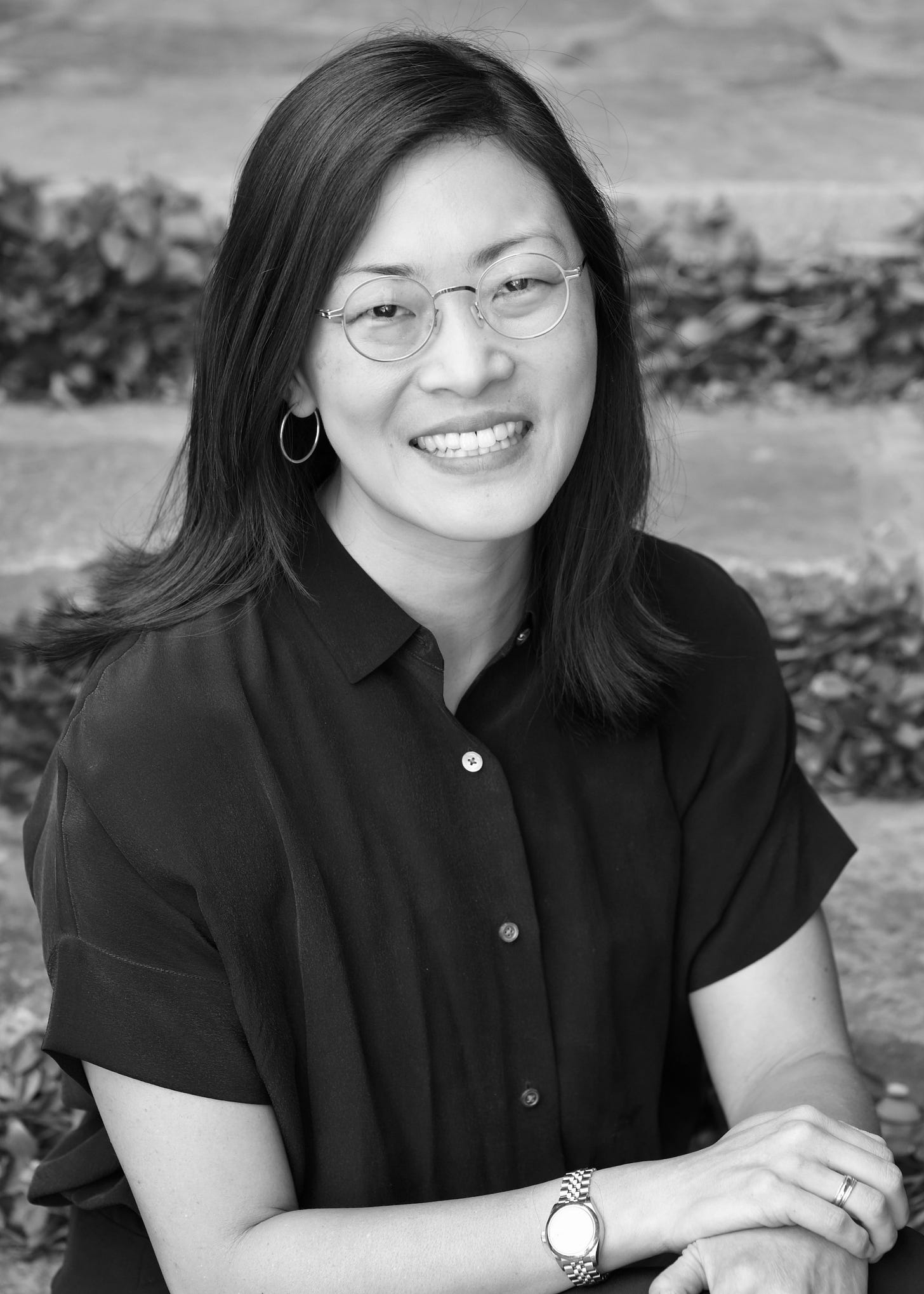
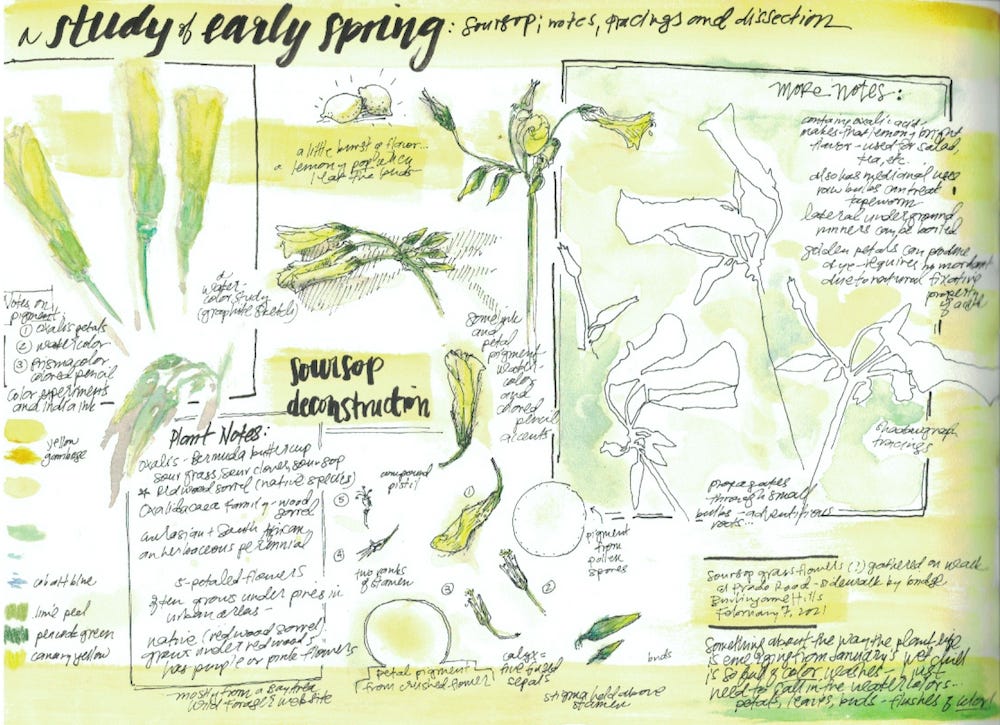
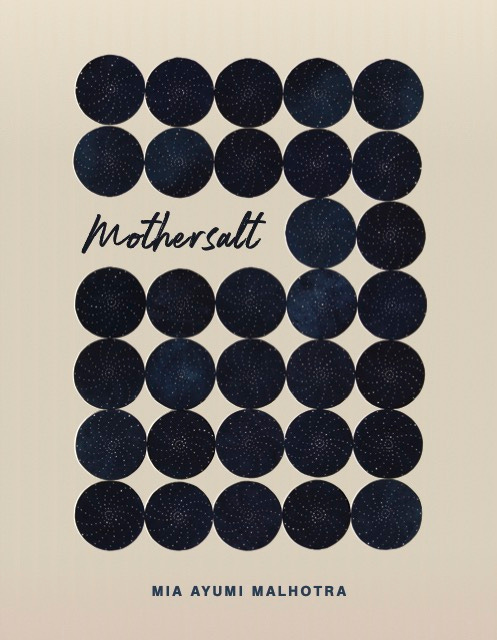
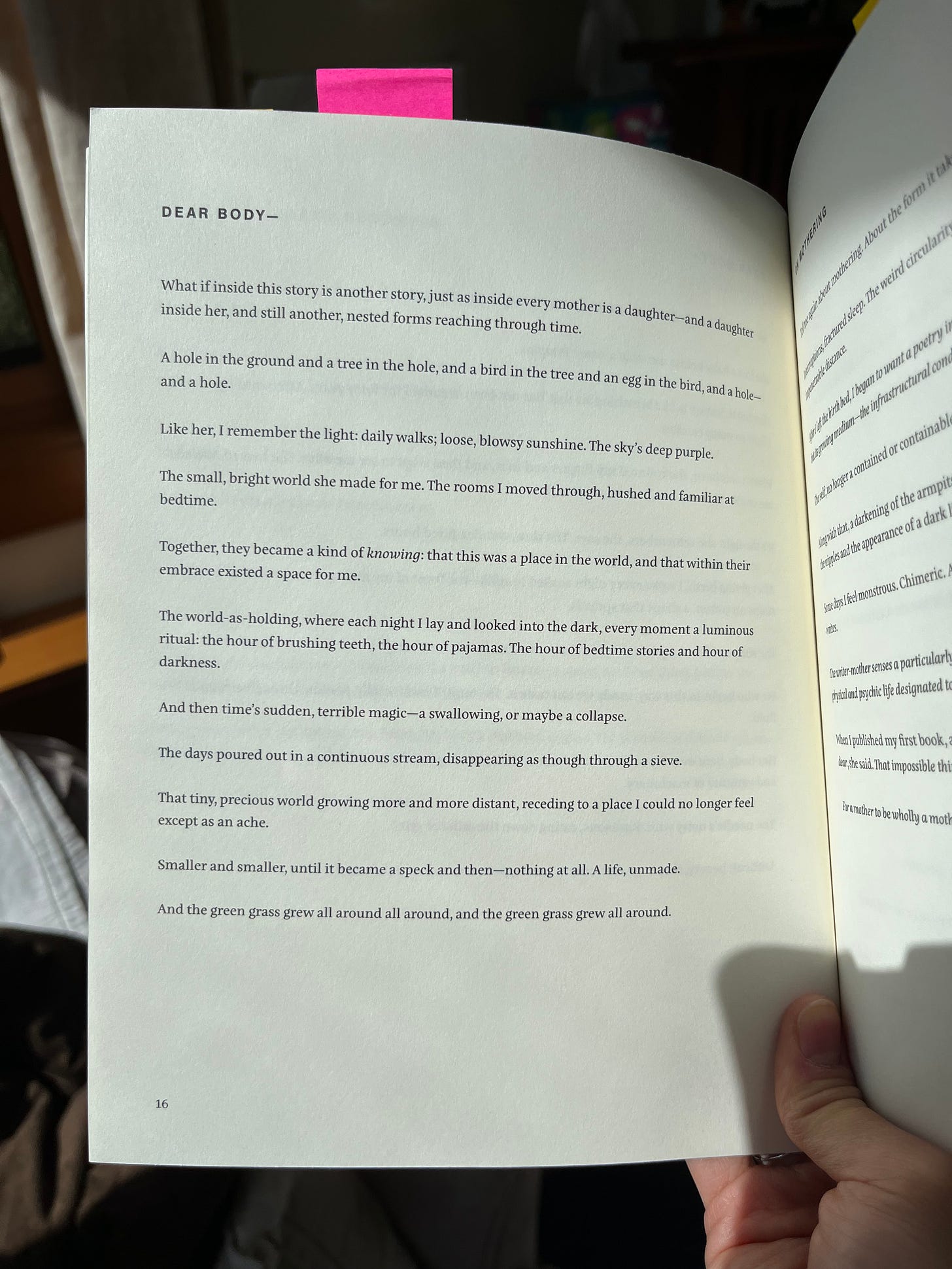

I love this interview, thank you! And will definitely have to read more of Mia’s poetry.
I'm so inspired by this interview! Thank you for always introducing us to the most interesting people!